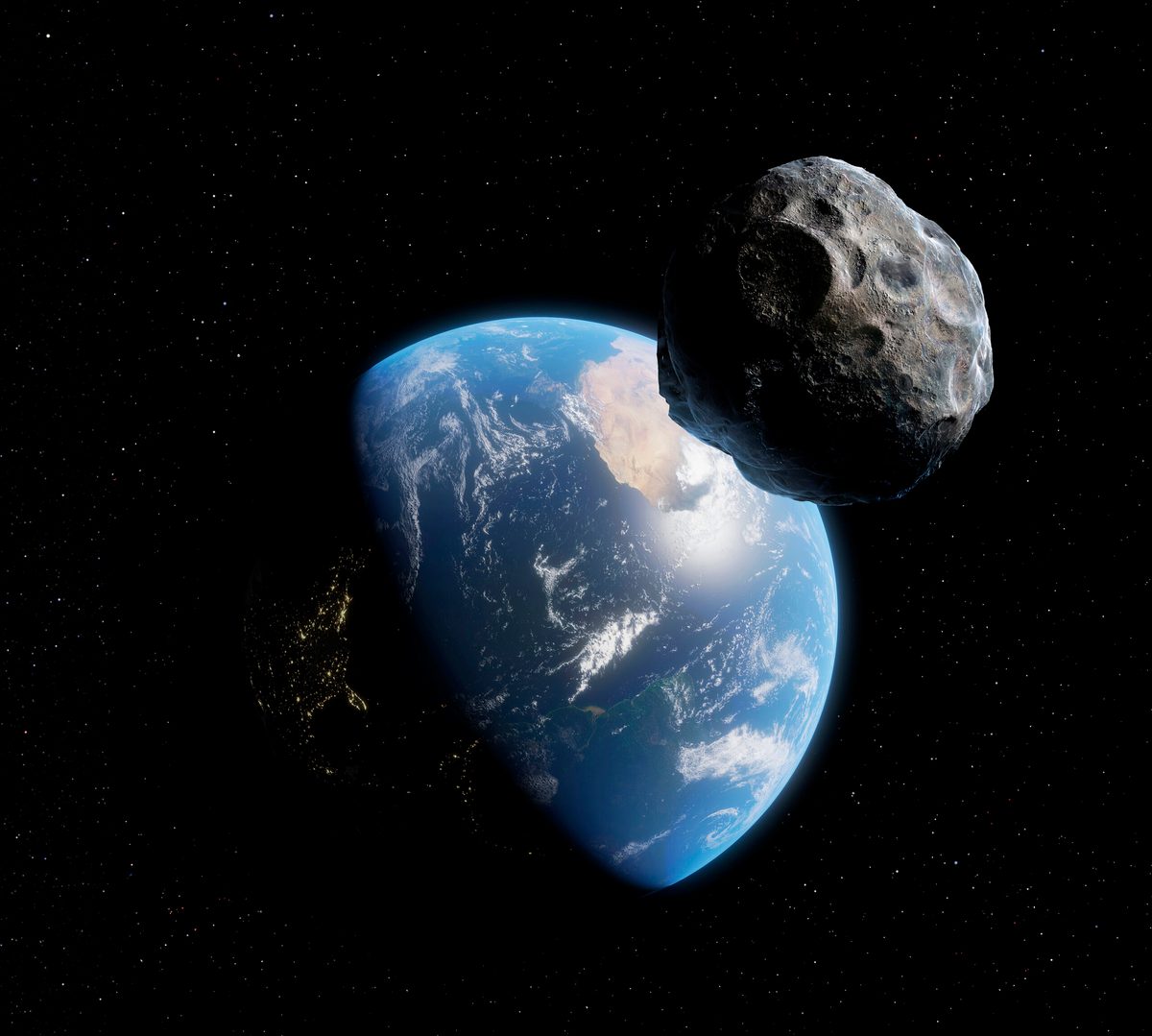Get the key facts from this story in our 1-minute read
Co‑orbital rocks: Earth has several tiny co‑orbital bodies – objects orbiting the Sun but influenced by Earth’s gravity – some in horseshoe, tadpole, or quasi‑satellite orbits
Lunar Origin? One of these, the 40 m wide asteroid Kamo‘oalewa, has a spectral signature closely matching lunar rocks, suggesting it may be Moon ejecta
Simulated trajectories: Simulations of 54,000 particles launched from the lunar surface show that about 6.7 % become Earth co‑orbitals, with over a quarter evolving into quasi‑satellite paths
Impact site: Kamo‘oalewa likely originated from the Giordano Bruno crater on the Moon’s far side, a relatively young 22 km crater formed about 4 million years ago
Capture conditions: Material most likely becomes co‑orbital if ejected from the Moon’s trailing (western) equatorial region, matching simulation patterns
Mission opportunity: China’s Tianwen‑2 mission launched in May 2025 aims to return a sample of Kamo‘oalewa by 2028, potentially confirming its lunar origin
Broader implications: If confirmed, lunar‑derived asteroids offer a new category of near‑Earth objects, helping refine models of impacts and lunar ejecta dynamics
Scientific value: Studying these Moon‑sourced bodies may deepen understanding of both lunar geology and the origin of small near‑Earth objects
